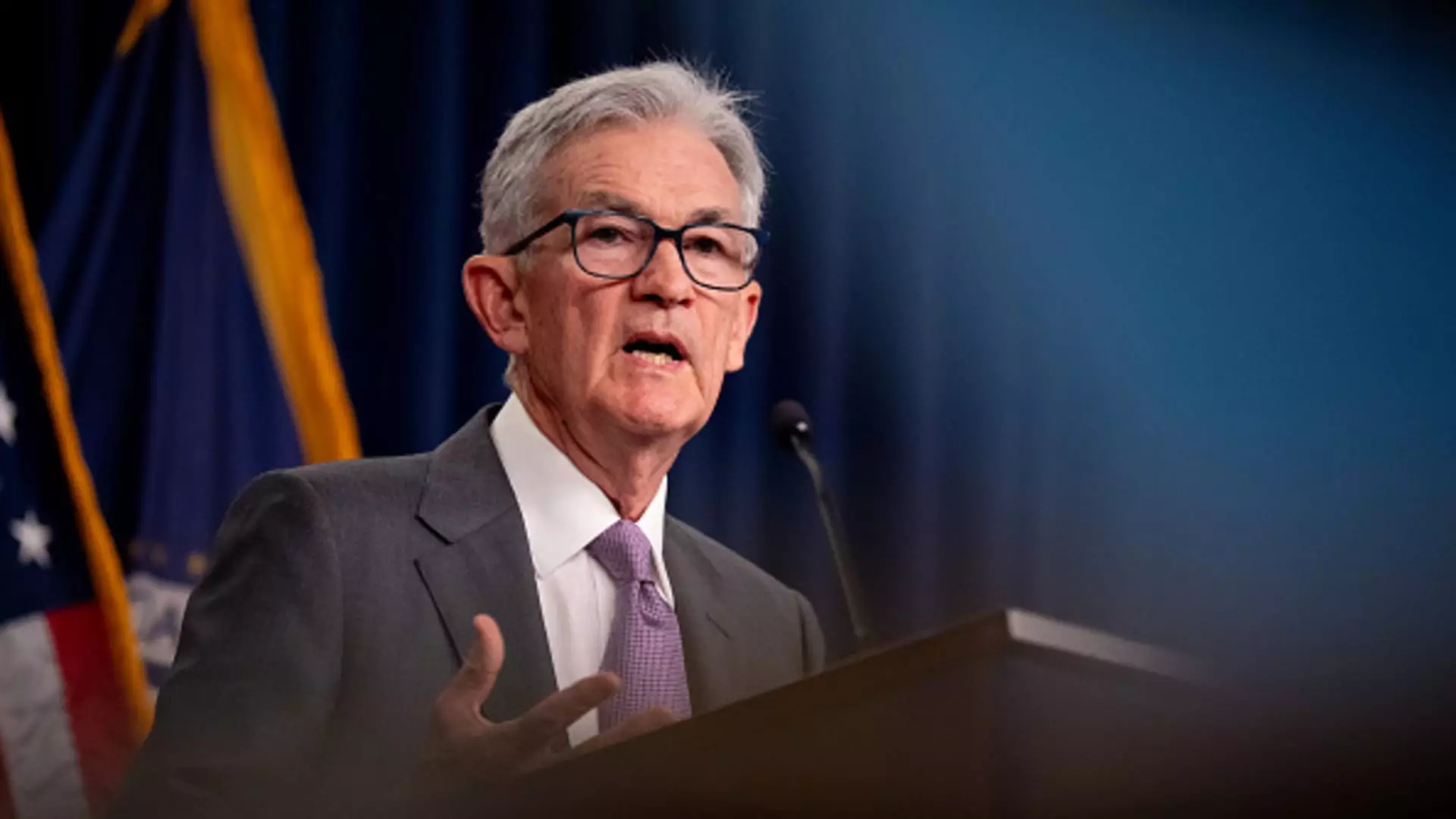During his keynote address at the Federal Reserve’s annual retreat in Jackson Hole, Wyoming, Federal Reserve Chair Jerome Powell hinted at potential interest rate cuts in the near future. He emphasized the need for policy adjustments and highlighted the importance of incoming data, the evolving economic outlook, and the balance of risks in determining the timing and extent of rate cuts. This speech garnered significant attention from markets eagerly anticipating clues about the central bank’s monetary policy direction.
Powell acknowledged the progress made in controlling inflation and ensuring a strong labor market following a series of rate hikes. He noted that inflation had significantly decreased, with the labor market no longer overheated and supply constraints normalizing. The Fed’s focus now shifts to maintaining full employment while monitoring inflation levels to ensure continued progress. This transition represents a shift in the central bank’s dual mandate and marks a turning point in its policy direction.
As Powell’s speech unfolded, stocks surged, and Treasury yields dropped sharply, indicating positive market sentiment towards potential rate cuts. Traders anticipated at least a quarter percentage point rate cut in September, with some even speculating on a half-point reduction. The market reaction highlighted the significance of Powell’s remarks in influencing monetary policy expectations and shaping investor behavior in the coming months.
Despite inflation gradually moving towards the Fed’s 2% target, the unemployment rate has been on the rise. Powell attributed this increase to more individuals entering the workforce rather than a deteriorating labor market. The Fed’s continuous efforts to balance price stability with strong employment demonstrate a commitment to achieving economic equilibrium. While challenges persist, progress has been made towards stabilizing the economy in line with the Fed’s objectives.
While markets anticipate rate cuts in September, Powell refrained from specifying the exact timing of policy easing. He emphasized the importance of data consistency and the absence of surprises in guiding future monetary decisions. The Fed’s commitment to maintaining a proactive stance towards economic challenges underscores its dedication to managing inflation and employment dynamics effectively. Powell’s cautious approach signals a willingness to adapt policies as needed to support economic recovery and stability.
Powell deliberated on the causes of the recent surge in inflation, attributing it to global factors such as supply chain disruptions, labor market tightness, and heightened demand for goods. The Fed’s response, including a series of rate hikes, aimed to restore price stability and ensure confidence in the economy’s resilience. Powell’s reflections on the inflationary period shed light on the complexities of managing economic dynamics and the importance of adaptive policy frameworks in addressing evolving challenges.
Powell emphasized the need for ongoing evaluation and learning from past experiences to inform future policy decisions. He highlighted the importance of anchored inflation expectations and proactive central bank actions in steering the economy towards disinflation without compromising growth. As the Fed navigates uncertainties and risks in the economic landscape, Powell’s speech serves as a roadmap for effective monetary policy implementation and strategic decision-making to support long-term economic sustainability and prosperity.

